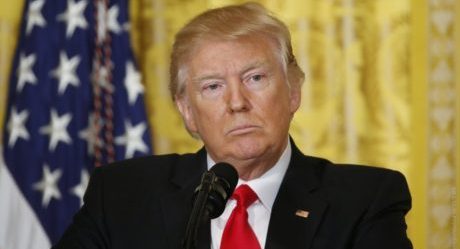Millions of people around the world are expected to tune in to catch President Trump’s State of the Union address on January 30. The speech to a joint session of Congress is an opportunity for the president to review the past year’s accomplishments and preview his agenda for the coming year.
But the speech at the U.S. Capitol every January or February also illustrates U.S. democracy in action. It is the only time — other than inaugurations and state funerals — that all branches of the federal government are in the same room. The president represents the executive, members of the House of Representatives and Senate represent the legislative, and Supreme Court justices represent the judiciary.
Most of the president’s trusted department officials and advisers, called the Cabinet, also attend.
President Trump delivered his first speech to a joint session of Congress on February 28, 2017, when he had been in office just over a month. But it was not a formal State of the Union address.
A look back
Some presidents’ words from State of the Union speeches have become famous.
Franklin D. Roosevelt outlined his “Four Freedoms” on January 6, 1941 — freedom of speech, freedom of worship, freedom from want, and freedom from fear — to make the case for more U.S. involvement in World War II.
George W. Bush coined the “axis of evil” phrase during his 2002 State of the Union address, designating Iran, Iraq and North Korea as sponsors of terrorism.
And sometimes the speech becomes well known for the invited guests who attend. The administration of President Ronald Reagan started a tradition in 1982 when the first lady invited Lenny Skutnik to sit with her. He had saved a passenger’s life after an Air Florida plane crashed into the Potomac River in Washington.
- Shortest speech: George Washington (1,088 words)
- Longest: Jimmy Carter (33,667 words)
- First televised: Harry S. Truman in 1947
- First live webcast: George W. Bush in 2002
The address originates in the U.S. Constitution. Article II, Section 3, clause 1 of the U.S. Constitution states that the president “shall from time to time give to the Congress Information of the State of the Union, and recommend to their Consideration such Measures as he shall judge necessary and expedient.”









